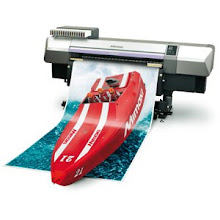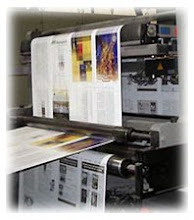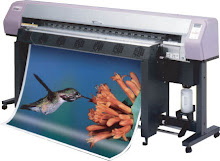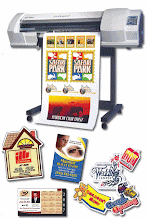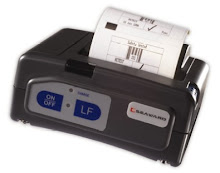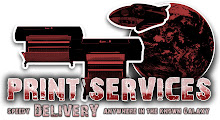 Digital photography is the sort of the day. Today no one make use of conventional camera. Lots of new technique has been made to develop the technology of digital cinematography. Every feature of digital photography is advancing. New stride are being taken in all field of lighting, sensors, processing, optics and display. There is also novel software to incorporate all this.
Digital photography is the sort of the day. Today no one make use of conventional camera. Lots of new technique has been made to develop the technology of digital cinematography. Every feature of digital photography is advancing. New stride are being taken in all field of lighting, sensors, processing, optics and display. There is also novel software to incorporate all this.Normal digital photography images can be altered into 3D images. This looks fine when viewed from diverse angles. Making 3D imagery is very workstation intensive. Models of renowned places can be seen with the assist of Microsoft Photosynth.
High Dynamic Range Cameras as well as displays are obtainable. With a non-HDR camera a HDR an individual can make his/her own HDR picture combining multiple exposure. Dust Reduction System is also being set in digital SLR cameras to maintain the dust of the picture sensors of the camera.







